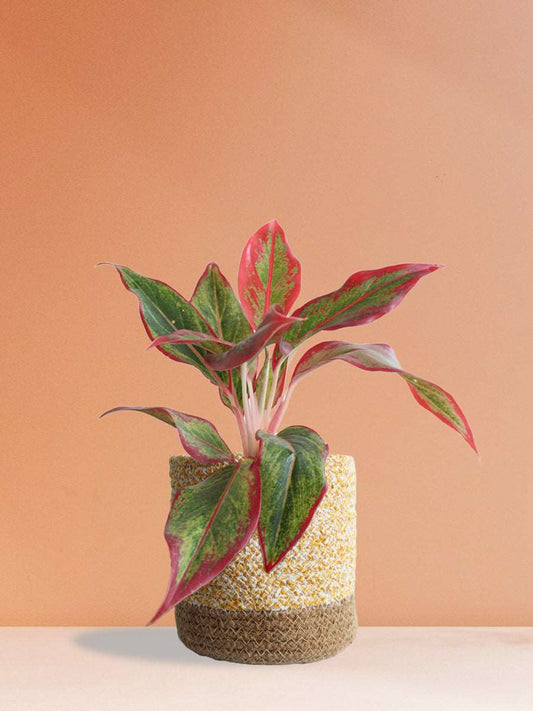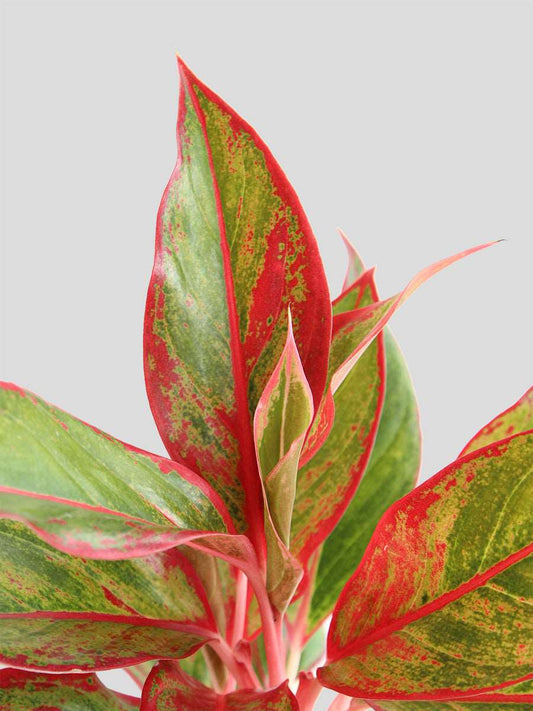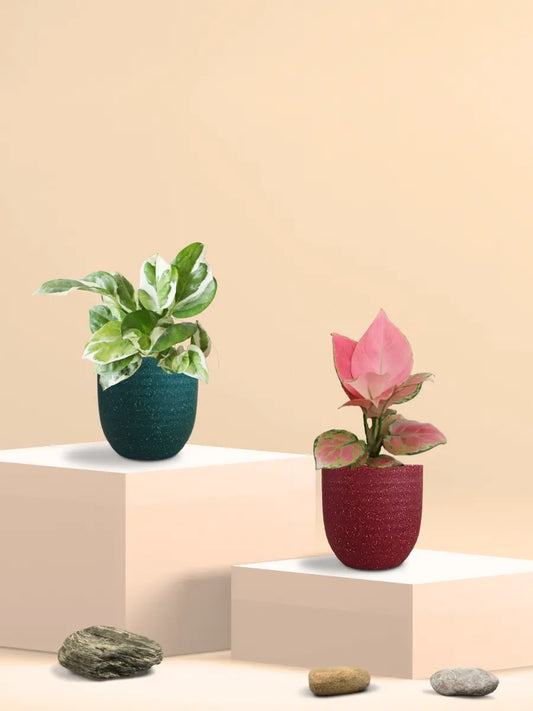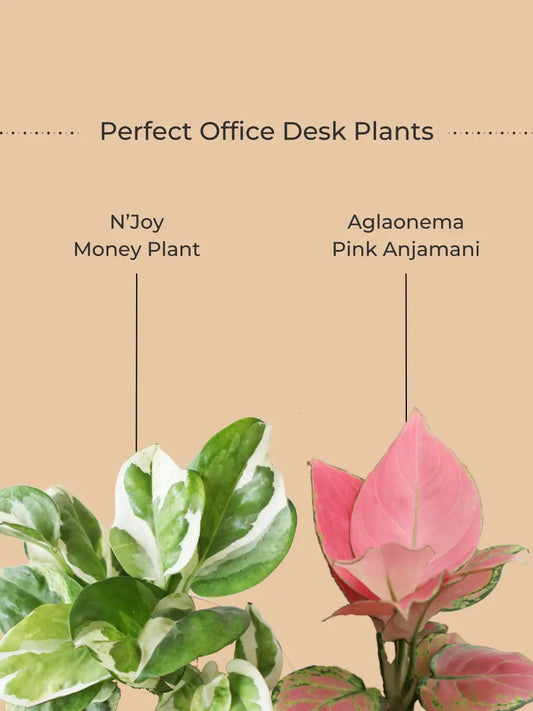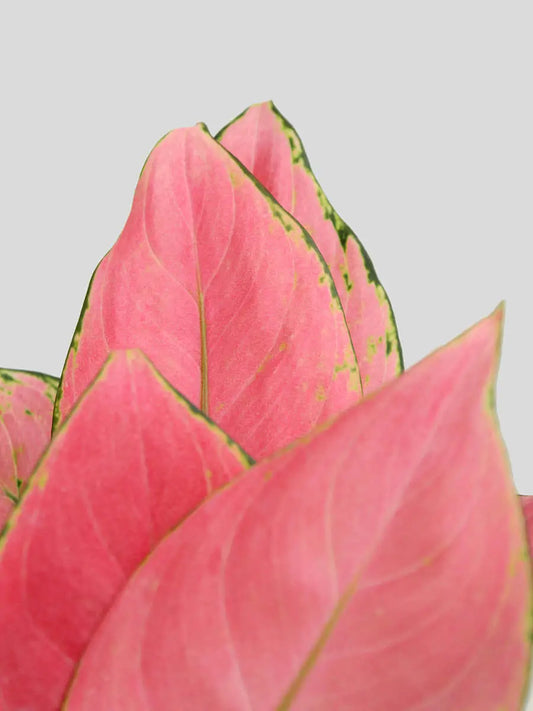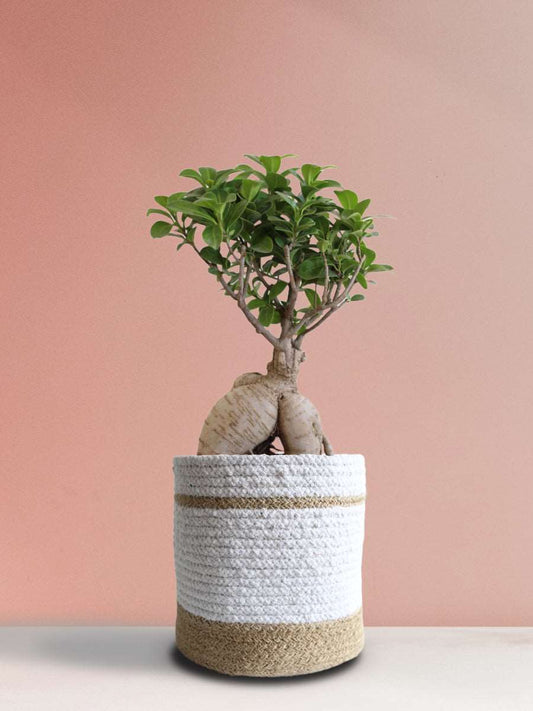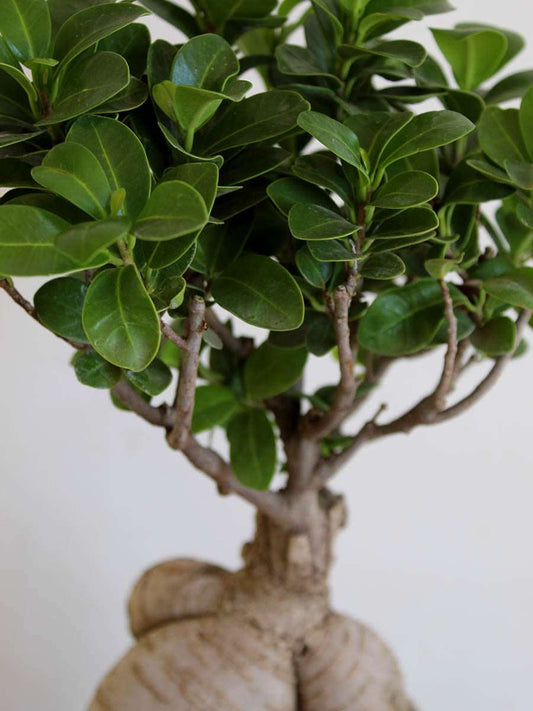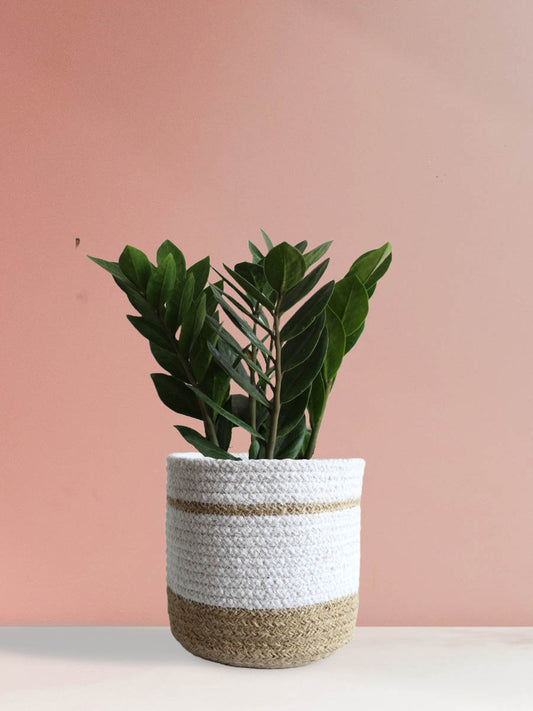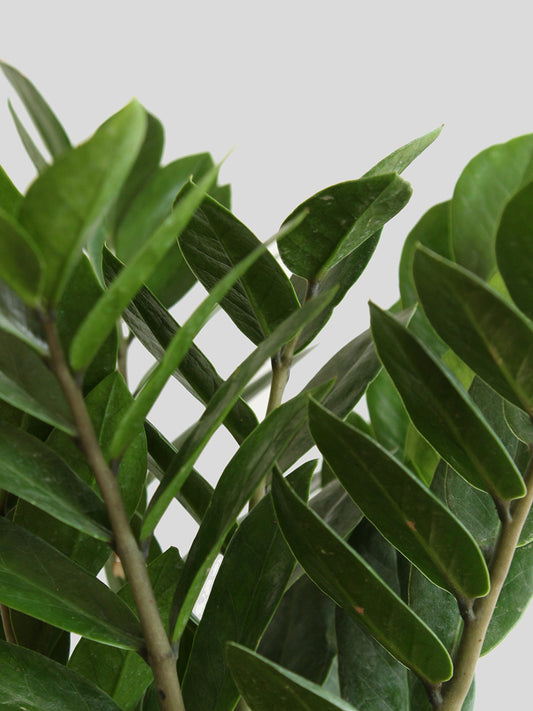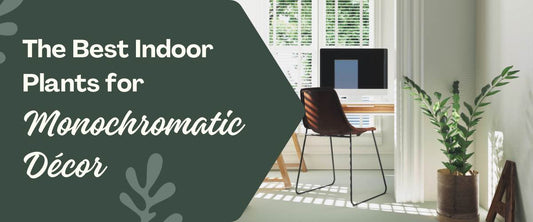How to Care for Spider Plant Variegated
Spider Plant Variegated is one of the most common houseplants that can easily blend into any style of interior decor. Its ribbon-like leaves are arranged in a rosette form giving the plant a short bushy appearance.
As the plant matures it develops blooms that pop up on long trailing stems. These blooms later fall off and baby plants arise on the stems resembling tiny spiders giving the plant its name. Given the shape of the plant and its ability to tolerate a wide range of ambient conditions, it can conveniently be nurtured in a normal tabletop container or a hanging pot as you prefer.
How easy is it to care for this versatile plant? Learn Spider Plant Variegated care guide in detail here.
[product=spider-plant-variegated]
Buy this pet-friendly, air purifying houseplant with vibrant green leaves. It’s a low-maintenance plant with unique foliage. [/product]
How to grow Spider Plant Variegated

To grow a variegated spider plant:
- Choose a well-draining pot with drainage holes and suitable soil.
- Position the pot in bright, indirect light, avoiding direct sunlight.
- Plant the spider plant in the pot, burying roots in the soil and keeping the crown slightly above the soil line.
- Water the soil consistently but not waterlogged, and maintain an optimum temperature range.
- Fertilize the plant with a balanced liquid fertilizer every 2 months during the growing season & pausing in winter.
- Trim brown or yellowing leaves as needed.
- Repot the spider plant when it becomes root-bound, typically every 2-3 years. Propagate Spider Plants by removing and potting up "spiderettes" or offsets on long runners, allowing them to develop roots before transplanting them into their own pots.
Is Spider Plant Variegated easy to care for?

Yes, Spider Plant Variegated is easy to care for. It is an attractive-looking beginner-friendly houseplant that can be raised indoors and outdoors in shaded areas.
Additionally, The plantlets that arise after the blooms can be separated from the mother plant and placed in their own pots. This is the best way to propagate Spider Plant Variegated.
Also Check This: How To Care For Houseplants For Beginners
How to Care for Spider Plant Variegated

The following recommended maintenance steps to care for Spider Plant Variegated includes:
1. Sunlight Needs:
How much sunlight does Spider Plant Variegated need? The best place to keep Spider Plant Variegated will be in a spot that receives ample natural light. But the plant does not do well in bright light conditions. Low light conditions, on the other hand, cause the leaves to lose their color and look dull and lifeless.
2. Temperature Maintenance:
As a plant that can tolerate a wide range of temperatures but remember to shield it from extreme heat and cold. Steady moderate temperatures are perfect for Spider Plant Variegated.
3. Watering Routine:
How often should you water Spider Plant Variegated? The trick to maintaining a healthy Spider Plant Variegated is mastering its watering schedule. The key is to check the soil to be sure that it is slightly moist. Overwatering does more harm than good.
Keeping all these considerations in mind, an average watering schedule for a Spider Plant Variegated will look like 2 to 3 times a week but more frequently or less frequently when the temperature rises or falls beyond the normal range.
4. Proper Humidify:
Spider Plant Variegated is not very fussy about humidity levels. It can easily tolerate low to high humidity levels. For high humidity, a humidity tray, humidifier, or even just a small dish of water placed near the plant will help keep it moist.
Also Check This: Best Positive Energy Plants for Home and Office
5. Growth Potential Knowledge:
How big does Spider Plant Variegated get? Spider Plant Variegated does not have a tall erect stem. But as the plant grows and gets bushy some of the leaves at the center of the rosette might grow vertically allowing the plant to reach a height of about a foot. But these grow at a moderate pace in general.
6. Fertilization Timing:
Adding a mild fertilizer every 2 months helps maintain the nutritional composition of the potting mixture and supports the healthy growth of the plant. Spider Plant Variegated does not need to be fertilized in winter.
7. Safety Understanding For Pets:
Spider Plant Variegated is a NASA-certified air-purifying plant. It is also a pet-friendly plant with leaves that are non-toxic to cats and dogs.
8. Other Challenges and Troubleshooting:
Spider Plant Variegated yellowing or drooping leaves can be caused by excessive watering, harsh fertilizers, extreme temperature changes, improper lighting, and direct sunlight, while underwatering and overwatering can cause browning and dryness. It's crucial to protect the plant from direct sunlight and ensure proper lighting to prevent these causes.
Also Check This: Indoor Plant Buying Guide: How To Choose The Best Indoor Plant
Conclusion
The Spider Plant Variegated will brighten up your home with its beautiful, arching leaves that are green and white striped. The following recommended maintenance steps will ensure ideal growth and development.
FAQs
Q1. What temperature range can Spider Plant Variegated tolerate?
Ans. Spider Plant Variegated can tolerate a wide temperature range.
Q2. Does Spider Plant Variegated need humidity?
Ans. Spider Plant Variegated can tolerate low to high humidity levels.
Q3. How often should you add fertilizer to Spider Plant Variegated?
Ans. Fertilizing Spider Plant Variegated is recommended every 2 months.
Q4. What should you do if Spider Plant Variegated's leaves are turning yellow?
Ans. The yellowing of the leaves is a sign that a Spider Plant Variegated is unhappy, and this can be caused by underwatering and overwatering. Other potential causes are harsh or over-fertilizers, extreme temperature changes, and improper lighting.
Q5. What should you do if Spider Plant Variegated's leaves are drooping?
Ans. Drooping leaves on Spider Plant Variegated can be due to excess sunlight. While the plant loves natural light ensure that you protect it from direct sunlight.
Q6. What should you do if Spider Plant Variegated's leaves have dry tips?
Ans. Underwatering and overwatering Spider Plant Variegated can both cause the leaf tips to turn brown and dry.
Q7. Is Spider Plant Variegated safe for pets?
Ans.Spider Plant Variegated is safe, and non-toxic to pets.






